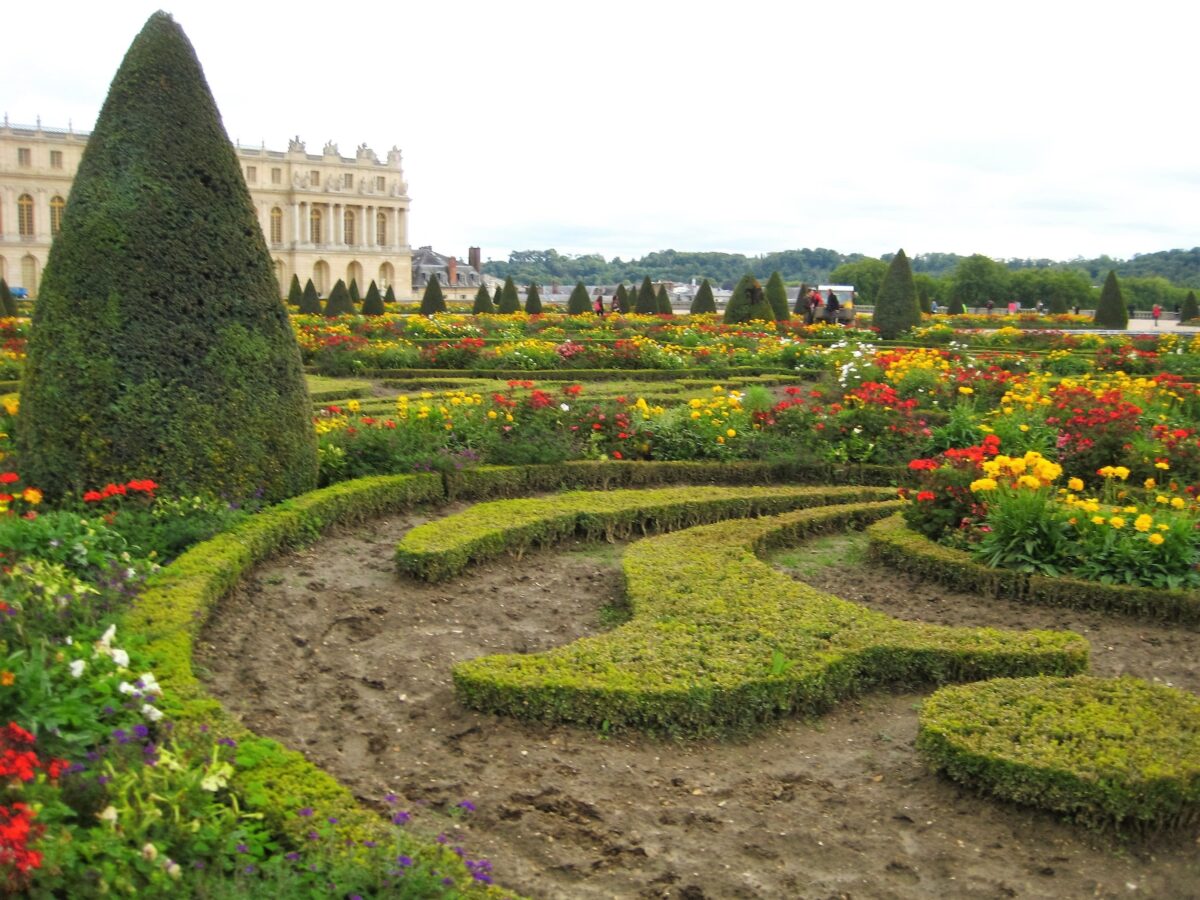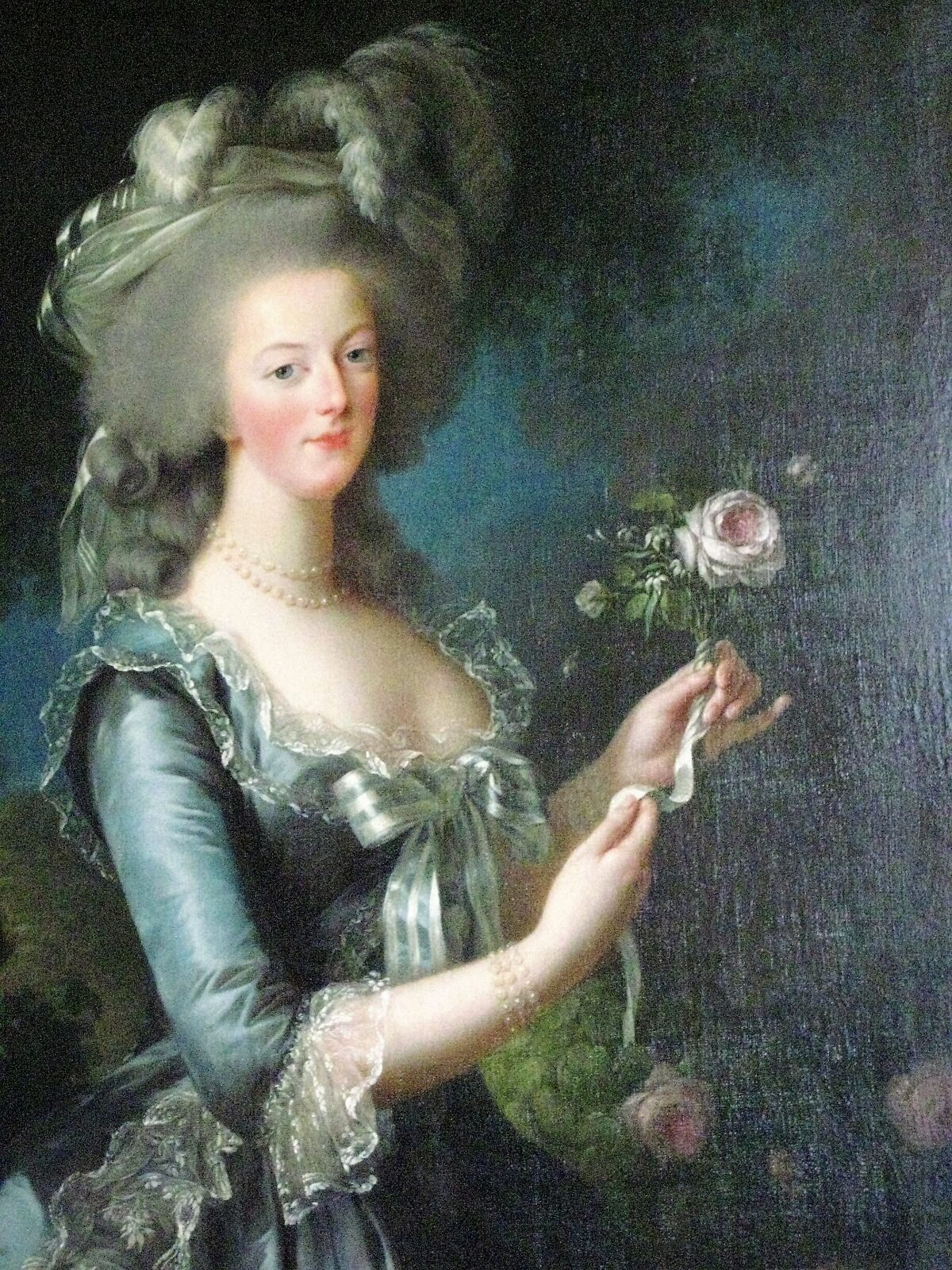Poison ivy is, quite possibly, the most hated plant on earth. So it’s hard to imagine that poison ivy was once an admired and sought-after garden plant. Yes, a garden plant — I’m not kidding. There was a time when poison ivy seeds were almost worth their weight in gold.
Poison ivy wasn’t grown for its beautiful flowers (delicate white blossoms) or its berries that are popular with wintertime birds. It was grown for its late summer regal colors when the leaves turn from nondescript green to gold, scarlet, and purple.
It’s hard to understand the intense enthusiasm with which vivid plants like poison ivy were hailed a few hundred years ago. The garden then was a green place, not the bright shout-out of color it is today. Fall in Great Britain and northern Europe was an especially dull affair when summer’s green leaves wilted, turned brown, and fell off. So when European colonists experienced their first North American autumn, they were thrilled by the leafy fireworks. These included the orange and gold of maples, scarlet-tinted oaks and Virginia creeper, purple ash trees and the rainbow of poison ivy.
Exotic species from the Americas, Asia, and Africa — “exotics” like petunias, peonies, daylilies, and zinnias — began to be introduced into European gardens. Poison ivy’s colors were a hit with wealthy lords and landowners and appeared in English gardens as early as 1634. Even monarchs were impressed with the ivy and it was planted for decades in the fanciest, most ornate garden of them all: the magnificent estate of Versailles.

Louis XIV wanted to turn Versailles into a vast and imposing palace that would be a worthy home for the ultimate monarchy. In keeping with the fashion of the time, royal gardeners weren’t aiming for a natural look. They wanted to subdue nature, to impose human order on wildness. The original rolling terrain was greatly altered with hills flattened into terraces, running brooks turned into ornamental fountains. Gardens were laid out with geometric precision. Trees were planted in straight lines and trimmed at a uniform height. Each exotic plant which graced the garden, including poison ivy, was set apart from its neighbor. The grounds of Versailles became the epitome of classic French style. The controlled and regimented gardens symbolized the monarch’s total control over his subjects, and were a horticultural testament to the mastery of man over nature.
But poison ivy is a plant that’s hard to master. Clipping the branches, trimming its untidy foliage, and coaxing the fuzzy vine to run in prearranged patterns was a hazardous task. Many royal gardeners must have been on the losing side in the battle with poison ivy. Yet as early as 1759 the irritating plant is repeatedly listed in the royal garden inventories of Versailles.

Undoubtedly the most famous inhabitant of Versailles was not poison ivy, but the doomed and beautiful queen, Marie Antoinette who adored plants and ordered rarities from around the world. Dozens of species of American plants graced her private apartment. But she was bored and frustrated by the persnickety rules of court etiquette. No wonder then that her preferred style of gardening was the uncorseted, natural look. The carefree queen loved the newest type of garden known as the “Anglo-Chinese” style which was becoming all the rage. Inspired by naturalistic Oriental gardens, English gardeners had embraced an apparently care-free style of gardening — which was actually no less planned and regimented than the French geometric style. Gardeners took down walls. Trees and hedges were no longer trimmed into unnatural shapes, but allowed to grow in natural forms. Flowers intermingled and shrubs were loosely arranged in fragrant groves where vines draped over the branches. European gardens mimicked the wilderness of North America — poison ivy and all. Freedom was invading gardens, echoing the growing push for freedom that was sweeping Europe.
To find out more about poison ivy’s weird history as a garden plant — and its remarkable benefits for wildlife — please check out my new book: In Praise of Poison Ivy: The Secret Virtues, Astonishing History and Dangerous Lore of the World’s Most Hated Plant. http://www.indiebound.org/book…
